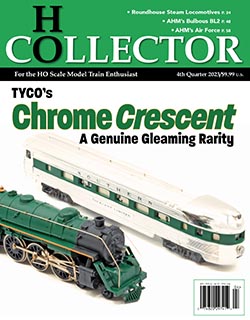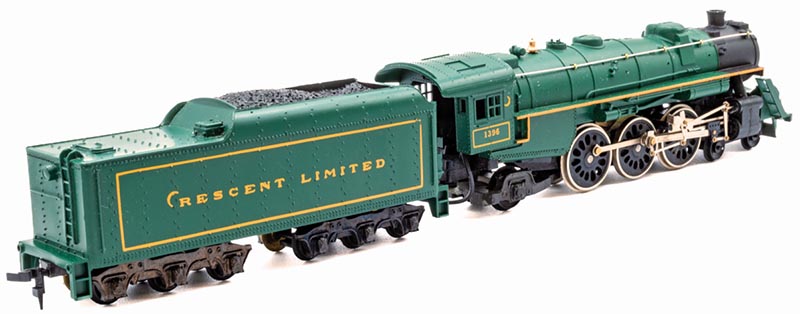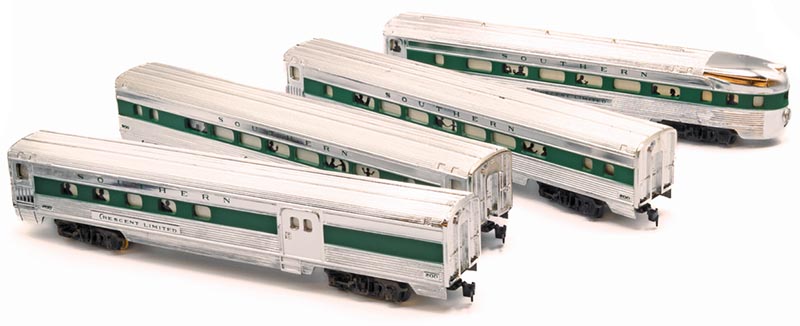 by Tony Lucio/photos by the author
by Tony Lucio/photos by the author
Today the word “rare” suffers a burden of overuse among collectors of just about everything. At its core, the concept of “rarity” seeks to be an objective designation: something either is, or is not, rare. But what makes that so? Strangely, an object’s “rarity” is often subjectively judged along a sliding scale, because not all objective aspects are weighed equally. Rarity could be a function of location. Rarity may change over time. Rarity may relate to a minor or major variance. Rarity is not always a mere tally of quantity, because a quantifiable low-production count might still be “too much” relative to demand; on the flip side, some items produced in large quantities might not come available often enough. If overall quantities seem too high, collectors begin weighing conditions in pursuit (or creation) of rarity.
To be fair, the strictest definition of “rare” would favor one-offs, yet one-offs are “rarely” (ahem) prescribed with the desirability to which collectors aspire. Bestowing such status to a one-off usually requires some heritage of association, comparison, or grouping with similar things within an accepted (yet sometimes arbitrarily defined) taxonomy. As for value, supply and demand trumps rarity among collectors, because the more something is known to be rare, and the more people desire it, the more valuable it becomes. And thus, collectors love to abuse the word “rare,” but if something is rare yet nobody wants it, does the term itself even matter? All of this is to say that the concept of “rarity” as linked to “value” is a fascinating topic! Because I’ve touched upon that a few times here in HO Collector, I won’t belabor the point further.

When it comes to model trains and similar mass-produced ephemera, I personally reserve the term “rare” for things that, with regular searching and review, aren’t seen more than once every few years at best. Yet even that isn’t a foolproof metric, because if you’re not looking with regularity, or simply not paying proper attention, you might have no idea how or when to differentiate something from common. After all, there’s a first time for every sighting, and only knowledge from time and experience bestow rapid context. I’m sure you can cite a personal encounter of discovering something for the very first time and thus thinking it unusually fantastic, only to acquire and subsequently discover it’s not quite as special (rare) as you thought. And, on the flip side, I’m sure we’ve all chased at least one item — maybe not even a particularly valuable one — that we passed by thinking “there’s bound to be another…” only to be proven wrong for a very long time — possibly even forever.
But even taking all my mutable philosophical ramblings out of the discussion, some things are simply just rare no matter where you are, what you’re looking for, when you’re browsing around, and what it might be worth. The TYCO 1960s Crescent Limited ticks all those traditional boxes for a true collector’s rarity. Since it was listed in a catalog (1965) with an assigned stock number (T6512), hobbyists were made immediately aware of its status as a factory offering intended for normal distribution channels. This contrasts against items with promotional, limited-market, and trade-only distribution intent, that suffer either a lack of exposure and appeal toward the full traditional target market, or overproduction in pursuit of a broader, more general market. As with completing a trading card checklist, many train collectors focus on “collecting the catalog” as an official reference; only the most dedicated venture toward the unknown, unvetted, and adventurous realm of uncataloged items.

ABOVE: In the 1960s, TYCO’s The Crescent Limited locomotive was a 4-6-2 Pacific, smartly trimmed in the famous livery. More complex than TYCO’s typical black steam locomotive paint jobs, this is arguably one of the company’s best-looking locomotive models. Sadly, as years went by, the Pacific was mechanically cost-cut, and complex paint jobs such as this suffered as well. As any collector will tell you, these paint jobs are fragile!
But catalogs are often misleading; with or without disclaimers advising so, items shown may occasionally either never see a production run or are made distinctly different from their catalog guise. Such catalog enigmas become the unicorns that spark a competitive pursuit among checklist completists because after all, at least one was made for that catalog photo, right? As years go by, legends are told of one-offs and mock-ups and samples and botched runs. Some of those stories possess veins of truth, few of which are further borne out with evidence and lucky finds years later. Sometimes “collecting the catalog” is not nearly as straightforward as it seems!



